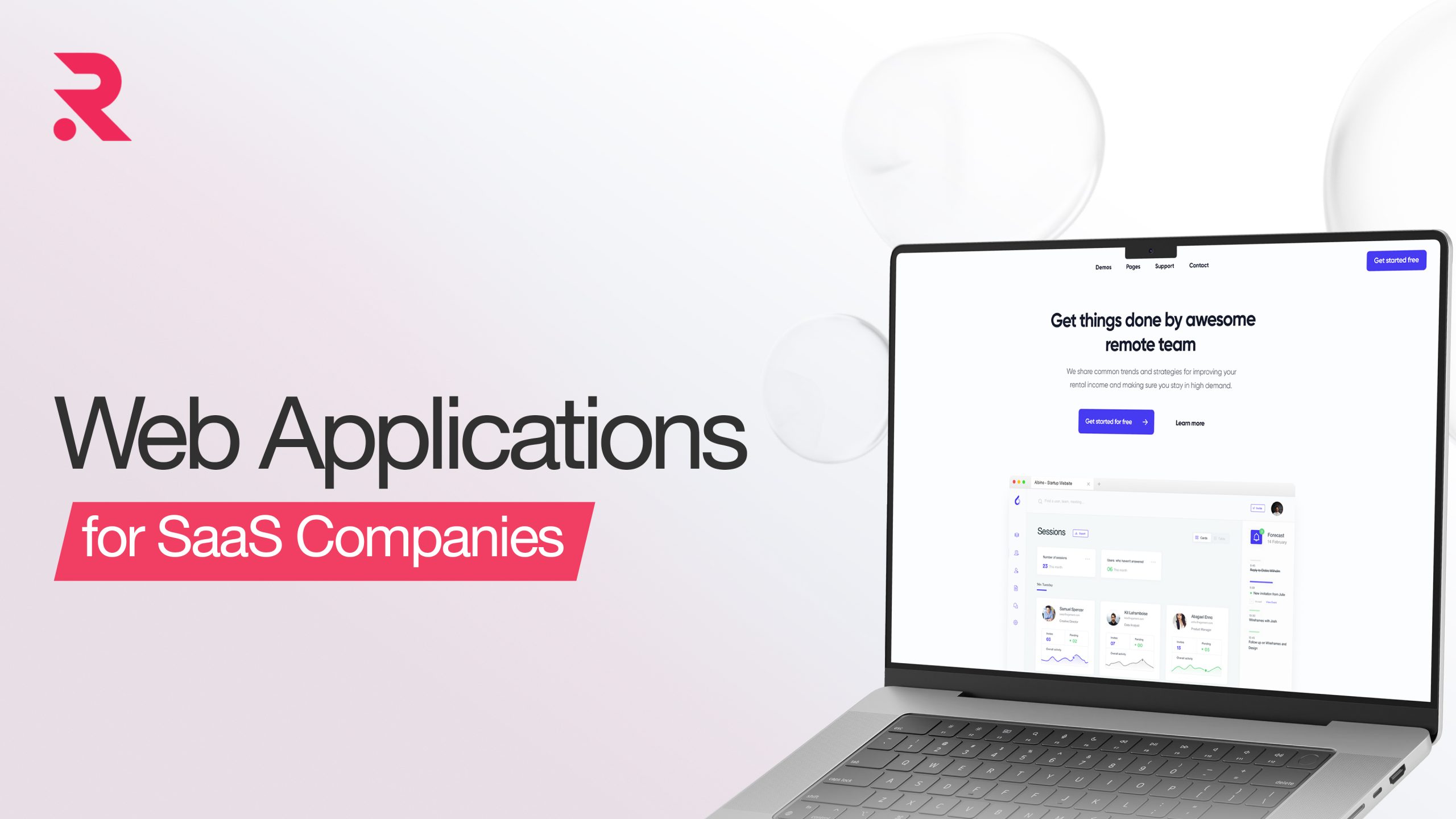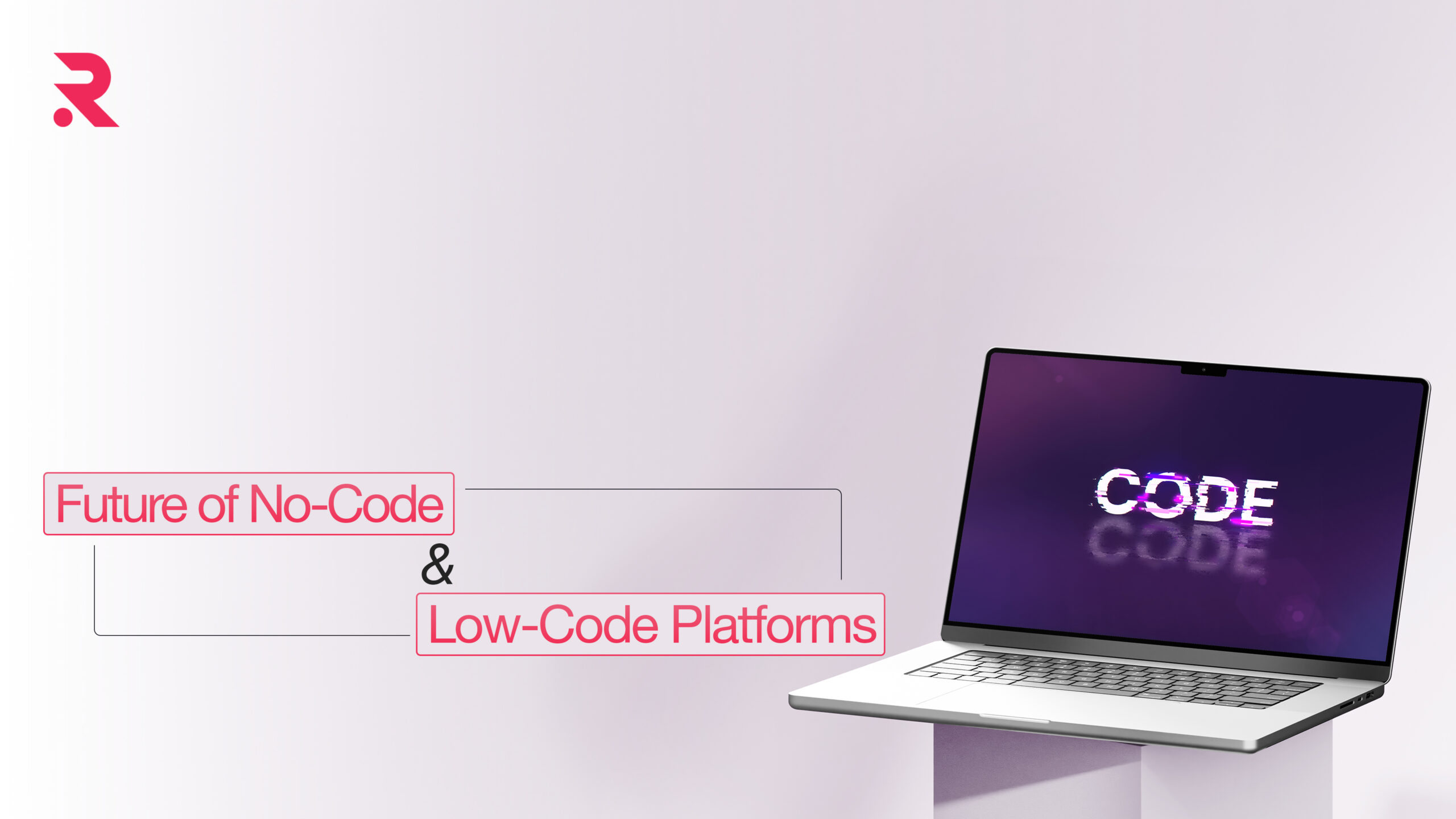Developing Scalable Web Applications for SaaS Companies
So, you’re building a SaaS app and wondering, “How do I make sure it doesn’t fall apart when people actually start using it?” Yeah, scalability can be a beast—but it doesn’t have to be rocket science. One major expectation and challenge in developing web applications for SaaS companies lies in the fact that, as a SaaS product begins to gain traction, the web application supporting that product must now scale to many users, larger data volumes, and evolving feature sets, all while maintaining performance and reliability.
- June 30, 2025
- by Tarun


This begins to take a serious toll on architectural decisions, technology choices, and deployment strategies. In this handbook, we will look at the necessary considerations and practical steps involved in developing scalable web applications specifically named to the demands of the SaaS model, then delve into architectural patterns that promote modularity and resilience, cast light on various technology stacks for high-growth environments, and outline deployment practices that ensure continuous availability and resource efficiency. We intend to present a clear-cut, authoritative toolbox for businesses and engineers, assisting them in building strong, efficient web applications that are future-proof and, thereby, able to back the long-term well-being of an immensely popular SaaS venture.
What Scalability Actually Means ?
“Scalable” is one of those words everyone throws around, but what does it really mean?
Basically, it’s your app’s ability to grow—more users, more data, more activity—without turning into a slow, crashy mess.
There are two main ways to scale:

- Vertical scaling: Just beef up your existing single server. More RAM, faster CPU… until you hit a wall.
- Horizontal scaling: Adding more servers or instances and spreading the load across them. This is where most modern SaaS apps are headed—it’s more flexible and won’t bottleneck as quickly.
But here’s the thing: scalability isn’t just about traffic. It’s also about how fast you can build new features, how well your system handles failures, and how efficiently it uses resources behind the scenes.
Why You Need to Build for Scale from the Start
Let’s say your app’s blowing up on Product Hunt. Awesome, right? Until your servers buckle under pressure and your users start rage-tweeting.
Here’s why scalability matters for SaaS:
- Users won’t wait: If your app’s slow or glitchy, they’re gone.
- Data gets really big, really fast: SaaS apps produce tons of data. You’ll need a solid way to store and work with it.
- You’ll want to ship new features fast: And a scalable setup makes that a lot easier.
- Cloud bills can skyrocket: If you’re scaling badly, you’ll burn money. Fast.
- Reliability = trust: Trust is everything when customers rely on your product daily.
Need a Reliable Web Development partner to help grow your Business?
Our Experts Can Help!
Laying the Groundwork
Monoliths vs. Microservices
Starting simple? A monolith (everything bundled into one app) might make sense. But once you hit a certain size, it can feel like dragging around a cement block every time you try to update anything.
Monolith pros:
- Easy to build, deploy, and reason about (at first)
- Great for small teams
Cons:
- One part goes down? Everything goes down.
- It can get messy fast
Microservices, on the other hand, break things into separate, smaller services that talk via APIs. A little more complex upfront, but way better for long-term scaling.
When should you switch? Honestly, if you’re planning for big growth or working with multiple dev teams, it’s worth looking into early.
Serverless
Ever wish you could just write your code and not worry about servers at all? That’s kind of the whole idea behind serverless.
Your code runs in small chunks (“functions”), and your cloud hosting provider handles the rest. It spins up resources when needed and shuts them down when not.
Why it’s awesome for SaaS:
- Auto-scales depending on usage
- You only pay for what you actually use
- Devs don’t need to be ops experts
Perfect for stuff like APIs, background jobs, file processing, and event-driven tasks.
API-First Design
Design your app around APIs. Seriously—it makes everything easier. Internal features, external integrations, future mobile apps… they all benefit from clear, stable APIs.
What you get:
- More modular code
- Easier third-party integrations
- Smoother team collaboration
And don’t forget the API Gateway—it helps with authentication, request routing, rate limiting, etc. Basically, it keeps things clean and secure.
Databases
There’s no “best” database—only what fits your app.
- SQL (PostgreSQL, MySQL, etc.): Great for structured data and complex queries. It can scale, but it usually needs a combo of replicas and sharding.
- NoSQL (MongoDB, Redis, Cassandra, etc.): Built for big, flexible, unstructured data. Scales horizontally by design, but you trade off some consistency.
- Managed DBs (like AWS RDS, Google Cloud SQL): Want to skip the hassle of managing backups and patches? These take care of all that.
A lot of apps actually use both SQL and NoSQL—one for transactional stuff, one for caching or logs. That’s called polyglot persistence, and it’s more common than you think.
Picking the Right Tools
Backend Languages & Frameworks
Use what fits your team and goals. Here’s a rough cheat sheet:

- Python (Django/Flask): Fast to build with, great ecosystem. It’s not the fastest runtime.
- Node.js (Express/Nes
- tJS): JavaScript all the way down. Great for real-time apps.
- Go: Super-fast and efficient. Great if performance matters.
- Java (Spring Boot): Enterprise-ready, battle-tested.
- Ruby on Rails: Quick dev cycle but can get tricky under scale if not optimized well.
Honestly, pick something your devs know and love. You can always optimize it later.
Front-End
You’ll probably use React, Vue, or Angular. All solid choices.
Make sure you:
- Keep your components modular
- Use SSR or static generation if SEO or speed matters
- Lean on CDNs to serve assets fast around the world
UX matters more than ever—and front-end slowness can kill conversions.
Need a Stunning Web Development Services?
We Can Help!
Use Message Queues
Do you want to send emails, process data, or do anything that takes longer than a second? Don’t make users wait—queue it up.
Tools like RabbitMQ, Kafka, or SQS help you:
- Offload slow tasks
- Retry failed ones
- Scale background workers separately from your main app
This is how you keep things snappy and resilient.
Cache Everything You Can
Caching is your best friend for speed. Use Redis, Memcached, or whatever works for your stack.
Types of caching:
- At the app level (store frequent queries in memory)
- At the DB level (cache results)
- CDN-level (for static files)
But don’t go overboard. Keep your cache strategy simple—and always plan for what happens when something expires or gets invalidated.
Write Code That Doesn’t Fight You Later
Keep It Modular
Break stuff down. Don’t write one giant file that does everything. Use services, modules, components—whatever your stack calls them.
Benefits?
- Easier to test
- Easier to understand
- Easier for teams to work in parallel
TDD & Tests
Writing tests might not be sexy, but it pays off—especially when you’re scaling and don’t want to break stuff every time you ship.
At a minimum, have:
- Unit tests
- System Integration tests
- Basic performance tests
Automate them all, and let CI run them for every commit.
Git + Code Reviews
Use Git but also make code reviews part of the workflow. It’s not just about finding bugs—it’s about sharing knowledge, catching bad patterns, and improving overall quality.
Plus, junior devs learn a lot through good reviews.
CI/CD: Don’t Deploy by Hand
Set up Continuous Integration and Continuous Delivery pipelines (GitHub Actions, GitLab CI, CircleCI—whatever you like).
This lets you:
- Merge and deploy quickly
- Automate tests and builds
- Avoid human error in deployments
Your future self (and your team) will thank you.
Deploying and Keeping Things Running Smoothly
Choosing a Cloud Provider
Alright, so you’re picking a cloud service provider. AWS? Azure? GCP? It’s like choosing a favorite pizza topping—everyone has their preference.
But seriously, think about:
- Pricing: Because who wants a surprise bill?
- Available services: Does it have what you need?
- Regional support: Gotta keep things local.
- Vendor lock-in: Don’t get stuck in a bad relationship.
And hey, going multi-cloud sounds cool, but it can get messy real quick. Unless you have a good reason, maybe stick to one.
Containers & Kubernetes
So, Docker. It’s like putting your app in a box. Neat, right?
Then there’s Kubernetes. It’s the boss of those boxes. It makes sure they run smoothly, restart if they crash, and update when needed.
If you’re scaling, Kubernetes is your friend. But remember, with great power comes great responsibility.
Infrastructure as Code
Stop clicking around the dashboard. Use tools like:
- Terraform
- CloudFormation
- Ansible
Code your infrastructure. It’s like writing a recipe—follow it, and things turn out just right.
Monitor Everything
If you don’t know what’s happening, how can you fix it?
Use tools like:
- Prometheus + Grafana
- CloudWatch / Azure Monitor / Google Cloud Monitoring
- Datadog, New Relic, etc.
Track everything—CPU, memory, response times, error rates. And set up alerts. You want to know when things go south, not your users.
Logs and Traces
Logs are your best friend. Seriously.
Use tools like:
- ELK Stack (Elasticsearch, Logstash, Kibana)
- Datadog
- Splunk
- Jaeger/Zipkin for tracing
If your app is spread across services, tracing helps you follow what happened and where something broke. It’s like having a map in a maze.
Disaster Recovery
Stuff breaks. Systems go down. It’s not if, it’s when. So, having a disaster recovery plan isn’t just nice—it’s essential.
Here’s what that looks like in the real world:

- Backups: Do ’em regularly. Automate it. And more importantly—test them. A backup you can’t restore is as good as none at all.
- RPO (Recovery Point Objective): How much data can you afford to lose? An hours’ worth? Five minutes? This sets how often you need to back things up.
- RTO (Recovery Time Objective): How quickly do you need to get back online after an outage? Minutes? Hours? Plan accordingly.
- Multi-region deployments: If one data center goes dark, you want another one ready to step in. This is key for high-availability setups.
- Failover systems: Automate the switch to backup systems if something fails. Don’t wait for someone to wake up at 3 am to fix it manually.
Disaster recovery is one of those things you hope you’ll never need—but you’ll be really glad you set up if (or when) something goes sideways.
Exploring Maintenance and Support Services for Your Business?
Our Experts Can Help!
What’s Next: Future-Proofing Your SaaS App
Okay, so you’ve built a scalable, secure, maintainable app. What now? Well, technology moves fast, and so should your product. Let’s talk about what’s coming down the road.
Adding AI & Machine Learning
AI isn’t just hype anymore—it’s becoming a real game-changer in SaaS.
You can use it to:
- Power smart chatbots and automate customer support
- Recommend content or features based on behavior
- Detect fraud or anomalies in real time
- Analyze mountains of data quickly
As the tools become easier to integrate, expect AI/ML to go from “cool add-on” to “competitive necessity.”
Edge Computing: Less Lag, More Speed
Instead of processing everything in a central cloud, edge computing pushes that logic closer to the user (literally—like local data centers or devices). That means:
- Lower latency for users in far-off regions
- Real-time processing for IoT, gaming, mobile apps, etc.
- Less strain on your central servers
If you’re dealing with time-sensitive tasks or a global user base, edge might be worth exploring.
Data and BI: The Secret Weapon
If you’re not already doing it, now’s the time to get serious about collecting and analyzing data.
Tools to check out:
- Warehouses: Snowflake, BigQuery
- Dashboards: Power BI, Tableau, Looker
Why it matters: solid data helps you make better product decisions, track what’s working (or not), and uncover growth opportunities you didn’t even know existed.
Conclusion
Scaling a SaaS web app isn’t something you slap on after launch—it’s baked in from the start. From the way you design your architecture, to the tech you choose, to how you ship and monitor your code—it all adds up.
The good news? You don’t need to get everything perfect right out of the gate. But being thoughtful early on—thinking modular, scalable, secure—can save you a ton of headaches (and money) later.
Whether you’re building your first SaaS product or leveling up an existing one, this guide should give you a solid foundation to work from. Focus on building smart, test often, monitor everything, and never stop learning—because SaaS (and the web) is always evolving.
 Shopify
Shopify










